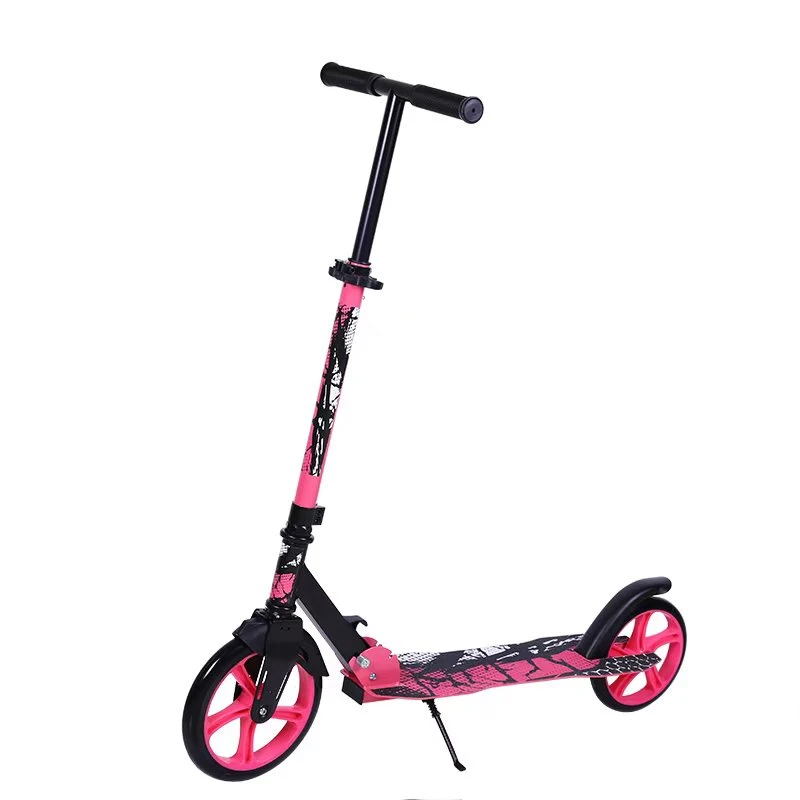
- Afrikaans
- Albanian
- Amharic
- Arabic
- Armenian
- Azerbaijani
- Basque
- Belarusian
- Bengali
- Bosnian
- Bulgarian
- Catalan
- Cebuano
- Corsican
- Croatian
- Czech
- Danish
- Dutch
- English
- Esperanto
- Estonian
- Finnish
- French
- Frisian
- Galician
- Georgian
- German
- Greek
- Gujarati
- Haitian Creole
- hausa
- hawaiian
- Hebrew
- Hindi
- Miao
- Hungarian
- Icelandic
- igbo
- Indonesian
- irish
- Italian
- Japanese
- Javanese
- Kannada
- kazakh
- Khmer
- Rwandese
- Korean
- Kurdish
- Kyrgyz
- Lao
- Latin
- Latvian
- Lithuanian
- Luxembourgish
- Macedonian
- Malgashi
- Malay
- Malayalam
- Maltese
- Maori
- Marathi
- Mongolian
- Myanmar
- Nepali
- Norwegian
- Norwegian
- Occitan
- Pashto
- Persian
- Polish
- Portuguese
- Punjabi
- Romanian
- Russian
- Samoan
- Scottish Gaelic
- Serbian
- Sesotho
- Shona
- Sindhi
- Sinhala
- Slovak
- Slovenian
- Somali
- Spanish
- Sundanese
- Swahili
- Swedish
- Tagalog
- Tajik
- Tamil
- Tatar
- Telugu
- Thai
- Turkish
- Turkmen
- Ukrainian
- Urdu
- Uighur
- Uzbek
- Vietnamese
- Welsh
- Bantu
- Yiddish
- Yoruba
- Zulu
Nov . 01, 2024 17:31 Back to list
Tips for Properly Adjusting Mountain Bike Shifter Cables for Optimal Performance
How to Adjust the Shifter Cable on Your Mountain Bike
Adjusting the shifter cable on your mountain bike is an essential maintenance task that can significantly enhance your shifting performance. A well-tuned bike ensures smooth gear transitions and an overall better riding experience. In this guide, we'll walk you through the steps to adjust the shifter cable effectively.
Tools You Will Need
Before getting started, it's important to have the right tools at hand. You will typically need - A 5mm Allen wrench (or the appropriate size for your bike's components) - Cable cutters - A screwdriver (flathead or Phillips depending on your bike) - A bike stand or a stable surface to work on
Step 1 Inspect Your Current Setup
Begin by inspecting your current shifter setup. Check for any frayed cables, rust, or any visible damage. It’s important to address these issues before making adjustments. If you notice significant wear and tear, it may be time to replace the shifter cable entirely.
Step 2 Loosen the Cable Anchor Bolt
Locate the cable anchor bolt, which is usually found at the derailleur. Using your 5mm Allen wrench, loosen the bolt. This will allow you to slide the shifter cable in or out. Be careful not to completely remove the bolt—just loosen it enough to make adjustments.
Step 3 Adjust the Tension
how to adjust shifter cable on mountain bike

With the cable loosened, you can start adjusting the tension. If your bike is having trouble shifting into higher gears, you may need to increase tension by pulling the cable tighter before re-tightening the anchor bolt. Conversely, if you’re struggling to shift into lower gears, you’ll want to reduce tension. To do this, pull down on the derailleur while adjusting the cable.
Step 4 Test the Shifting
Once you’ve made your adjustments, it’s time for testing. Shift through all the gears while spinning the pedals. Pay close attention to how the bike shifts—there should be no skipping or hesitation. If the shifts are not as smooth as desired, you may need to readjust the cable tension.
Step 5 Secure Everything
After achieving satisfactory shifts, securely tighten the cable anchor bolt. Make sure that the cable doesn't move when you’ve finished tightening. Also, double-check that your shifter lever feels light and responsive.
Step 6 Final Inspection
Finally, take your bike for a short test ride. Test all the gears again to ensure everything operates smoothly. If necessary, make any minor adjustments based on your riding experience.
Conclusion
Regular maintenance, including shifter cable adjustments, is crucial for optimal bike performance. Following these steps will help you achieve smooth shifting, enhance your riding experience, and extend the lifespan of your components. Remember, if you’re ever unsure, don’t hesitate to consult a professional mechanic at your local bike shop. Happy riding!
-
The Ultimate Kids' Four-Wheeler Experience
NewsJul.09,2025
-
The Ultimate Guide to Mountain Bikes: Gear Up for Your Ride
NewsJul.09,2025
-
The New Age of Cycling: Electric Bikes for Every Rider
NewsJul.09,2025
-
The Best Kids Bicycles: Ride in Style and Safety
NewsJul.09,2025
-
The Best 3-Wheel Scooters for Kids: Fun, Safety, and Adventure
NewsJul.09,2025
-
Revolutionize Your Ride: Affordable Electric Bikes
NewsJul.09,2025
-
Finding the Perfect Mountain Bike for Every Rider
NewsJul.09,2025



